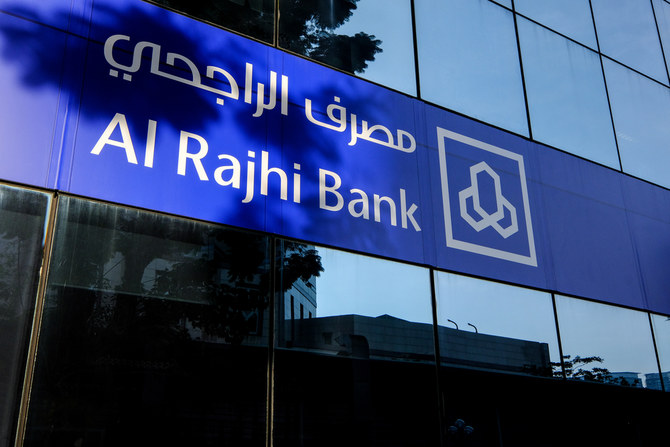Beyond Interest: How Islamic Banking is Reshaping Finance

Brief Introduction of Islamic Banking
With Muslims comprising 1.8 billion of the global population, there is a growing demand for products and institutions that align with Islamic law. One such institution is Islamic banking, which is built on the core principles of Sharia (Islamic law) to shape its financial systems. The cornerstone of Islamic banking is prohibiting interest or any monetary increase on the principal amount. Other principles that Islamic financial institutions must follow include avoiding uncertainty, speculative transactions, and trading in impermissible products such as alcohol. Islamic banking aims to satisfy the economic needs of Muslims and cater to other segments of global financial markets, all while adhering to Islamic principles.
Islamic Banking vs. Conventional Banking
Given so many restrictions, the question arises: How can Islamic banks compete or produce a profit compared to conventional banks? Islamic banks use a risk-averse, profit-sharing model to generate profits. Under this system, when a bank loans to a business, the repayment is interest-free, and the bank receives a share of the business’s profit. The bank receives nothing in return if the business fails to generate a profit. This model contrasts conventional banking by eliminating interest and providing financial growth without the constant debt threat.
Islamic Banking in Modern Times
Islamic banking originated in the Middle Ages when Middle Eastern traders engaged with their European counterparts through shared financial principles. Over time, European banks in the Middle East adopted local, interest-free, profit-and-loss-sharing systems to accommodate Muslim business practices. The modern resurgence of Islamic banking began in the 1960s, with numerous interest-free banks being established since 1975. While most of these were founded in Muslim-majority countries, Islamic banks have emerged in Western Europe, and interest-free national banking systems have developed in Iran, Sudan, and Pakistan.
Today, more than 500 banks and 1,900 mutual funds worldwide follow Islamic banking principles. In 2021, total assets in Islamic banking reached $4 trillion, and this figure is projected to rise to $5.9 trillion by 2026.
Regulatory Hurdles
U.S. regulators generally support Islamic financial products and hold them to the same standards as traditional banks. They recognize the similarities between products like ijara (lease agreement without interest) and murabaha (cost-plus financing sale arrangement) with their conventional counterparts. However, challenges remain due to the limited number of providers, the early stage of the market, and complex regulations that sometimes conflict with Sharia principles, particularly regarding profit-and-loss sharing and investment restrictions.
Current Trends
Despite lacking a comprehensive regulatory framework and the complexities of ensuring compliance with Sharia law, Islamic banking has gained traction worldwide. For instance, the Canadian government recently proposed “halal mortgages” in its 2024 budget, aimed at enabling Muslim Canadians and other diverse communities to participate more fully in the housing market. Although not a legislative change, the proposal represents a step towards tapping a previously untapped market by offering Muslims—who strictly adhere to Islamic law and have avoided purchasing property like homes—an opportunity to do so. In the United States, Islamic mortgages—one of the many financial products Islamic banks offers—are already becoming more common.
Conclusion
Islamic banking has proven resilient and adaptable, attracting Muslim investors and those seeking ethical and sustainable investment options. As the industry continues to evolve, its robust growth trajectory suggests a promising future, positioning itself as a major player in the global economy. Islamic banking’s potential to bridge the gap between traditional banking and ethical finance is a hopeful sign for the future of global commerce and finance.
Article written by Shahzaib Hafeez
Sources:
Ari Snider, Islamic home financing expanding in the U.S., opening doors for Muslim homebuyers, MARKETPLACE MORNING REPORT (Sep. 18, 2023), available at https://www.marketplace.org/2023/09/18/islamic-home-financing-expanding-in-the-u-s-opening-doors-for-muslim-homebuyers/
Delwin A. Roy, Islamic Banking, 27 MIDDLE EASTERN STUDIES 427 (1991).
Evan Tarver, Islamic Banking and Finance Definition: History and Example, INVESTOPEDIA (Jun. 20, 2023), available at https://www.investopedia.com/terms/i/islamicbanking.asp#citation-
Iwona Sobol et al., Is the profitability of Islamic and conventional banks driven by the same factors?—A study of banking in the Middle East, PLOS ONE (Aug. 7, 2023), available at https://journals.plos.org/plosone/article?id=10.1371/journal.pone.0289264
Madiha Khan, Islamic Banking Practices: Islamic Law and Prohibition of Ribā, 50 ISLAMIC STUD. 413 (2011).
Nikki Dobrin, Proposed ‘Halal Mortgages’ in Canada Would Benefit Only Muslims?, SNOPES (Apr. 19, 2024), available at https://www.snopes.com/fact-check/halal-mortgages-in-canada/
William L. Rutledge, Executive Vice President, Federal Reserve Bank of New York, Remarks at the 2005 Arab Bankers Association of North America (ABANA) Conference on Islamic Finance: Players, Products & Innovations in New York City (Apr. 19, 2005)
Zafar Eqbal, Relevance of Islamic Banking System in the Present Economic Scenario, 53 J. INDIAN L. INST. 356 (2011).
You May Also Like
